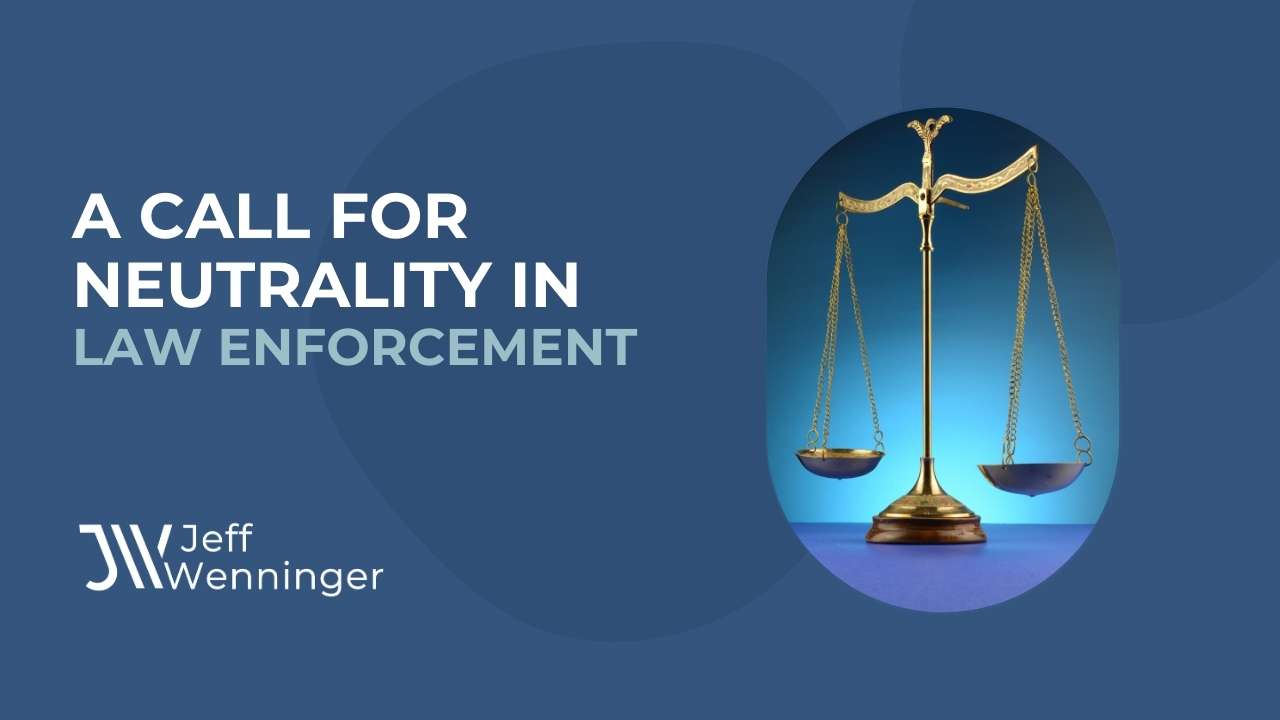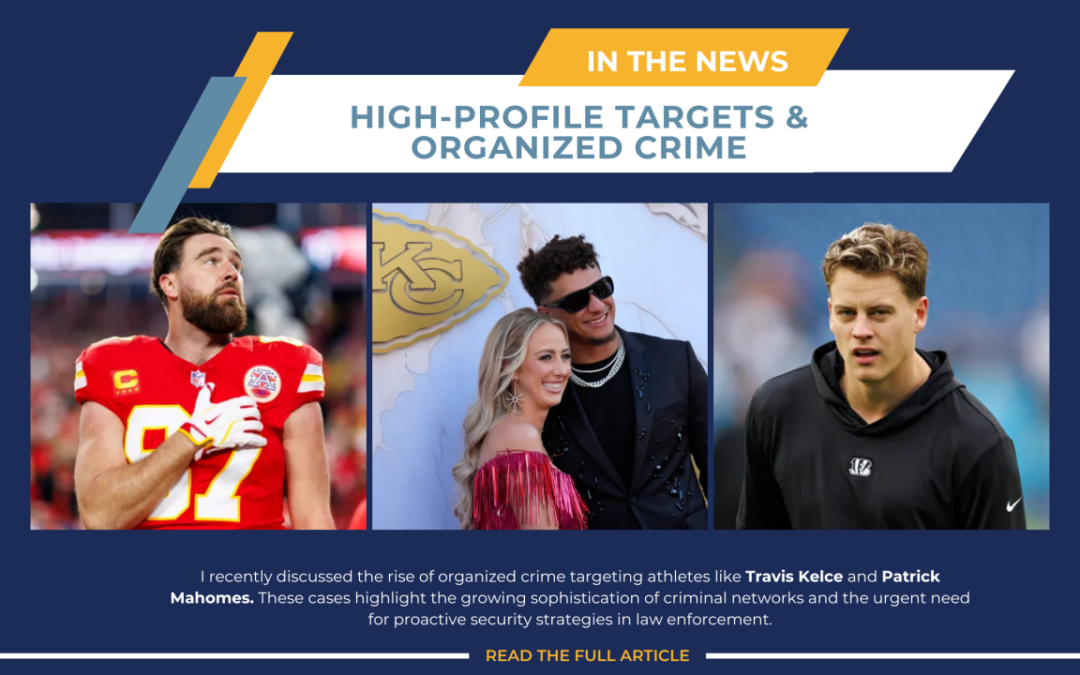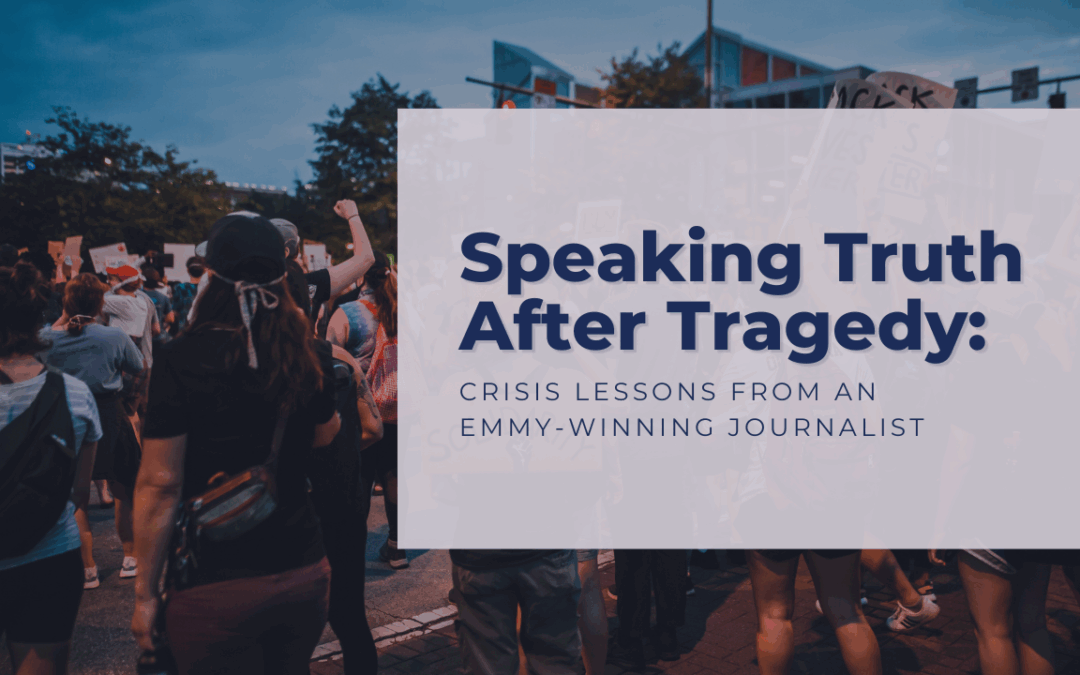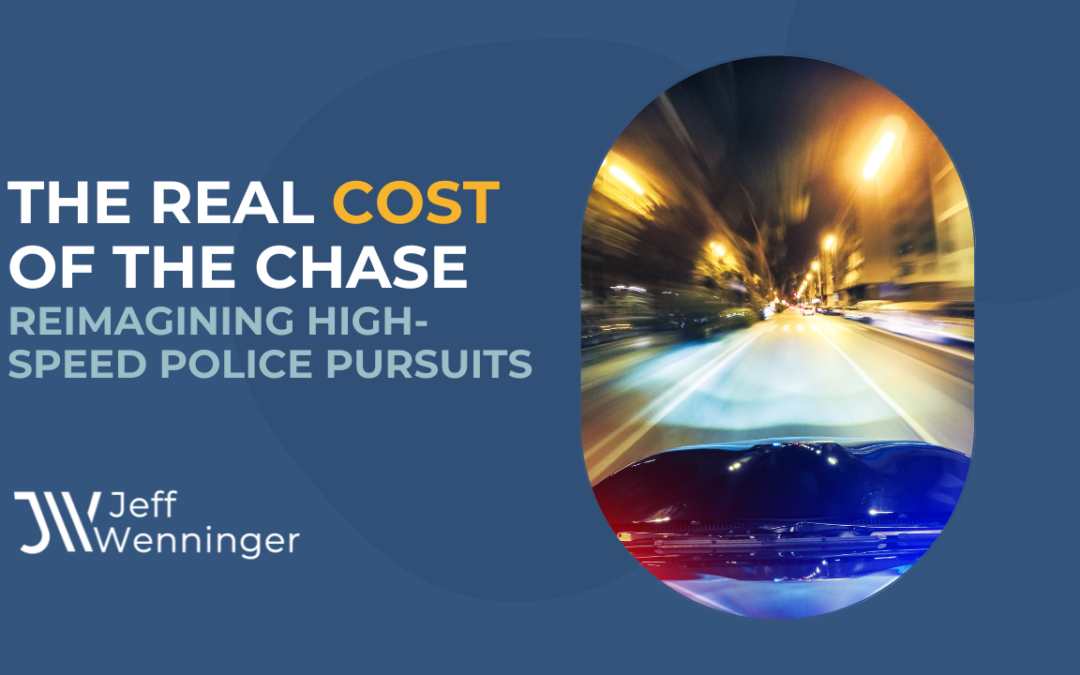
Following the bond hearing for two Canton police officers charged in the death of Frank Tyson, discussions have sparked around the presence of numerous uniformed police officers —including members of the department leadership—attending in a show of support for their colleagues. Tyson died after being left handcuffed in a prone position, pleading for help. Body-worn camera footage shows officers disregarding his cries of “I can’t breathe,” raising critical concerns about the role of culture over training within law enforcement.
When uniformed officers attend these proceedings, it risks being seen by the public as a power play rather than a respectful show of support. It’s crucial to allow the judicial process to work without any undue influence or impression of bias.
Accountability and Public Representation
As I mentioned in my recent Election Day article, law enforcement officers are responsible for maintaining neutrality, both in action and appearance, particularly in public settings. A desire to support fellow officers is valid and meaningful, but it’s best done in civilian attire and on personal time.
Why? Because when officers align themselves with the accused in uniform, it undermines the overarching goal of neutrality and jeopardizes the trust we’re striving so hard to build with our communities.
Beyond Training – Changing Culture
As discussed in my recent article, “Police culture is undermining police use-of-force training and societal expectations,” the culture within law enforcement often overpowers policy and training. We need leaders willing to challenge these ingrained attitudes. A real commitment to empathy, moral reasoning, and self-awareness can help reshape the force to align with public expectations.
Neutrality, empathy, and accountability are cornerstones of modern, humane policing. These values must be championed by leadership at the top of law enforcement agencies, setting the tone for the entire organization. When officers see these principles modeled by their leaders, they are empowered to rebuild community trust and demonstrate integrity in every action they take.
Connect with me on social and let me know your thoughts.



